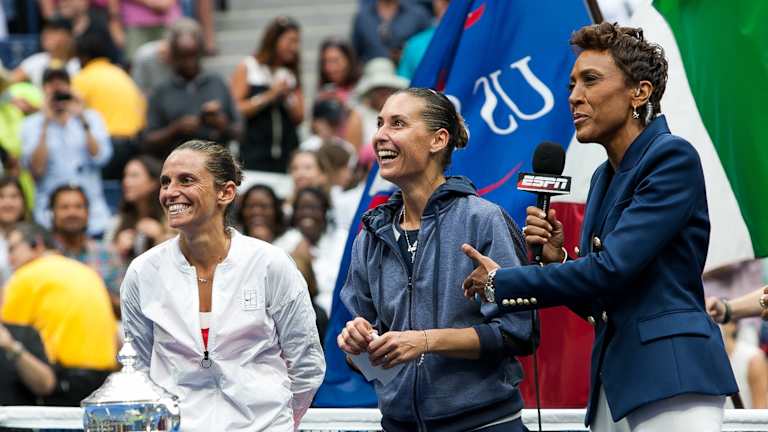Scanagatta sees a more subtle tipping point: Marco Cecchinato’s 2018 run to the semifinals at Roland Garros.
“All the players who were playing with Cecchinato (now 32 years old), and beating him maybe on the practice court or in some minor tournament, they thought, ‘Oh, if he can do it, then we can do it too.’” Scanagatta said. That group included Matteo Berrettini, Fabio Fognini, Lorenzo Sonego and Andreas Seppi (Sinner was one year out from his breakout season).
By that time, long-awaited changes in how the Italian Tennis Federation (FIT) administered player development were well underway. Angelo Binaghi, president of the FIT since 2001 (he is still in office) dragged his feet for most of a decade, but finally yielded to calls for reform, including loosening the federation’s centralized grip on, among other things, high-performance training.
The FIT finally began to look beyond the select group of young players anointed by federation insiders who had always insisted that it’s the FIT way or the highway. Financial grants, high-quality instruction and technical expertise were made available to “private” players and their teams. Berrettini, Sonego, Lorenzo Musetti and others were allowed to continue training with coaches of their choosing, including many who had been the youngsters’ primary coaches.
“None of them came out as a product of the Italian Tennis Federation,” Scanagatta said of those stars (this applies to Sinner as well). “They all came individually, helped by private teams.”



